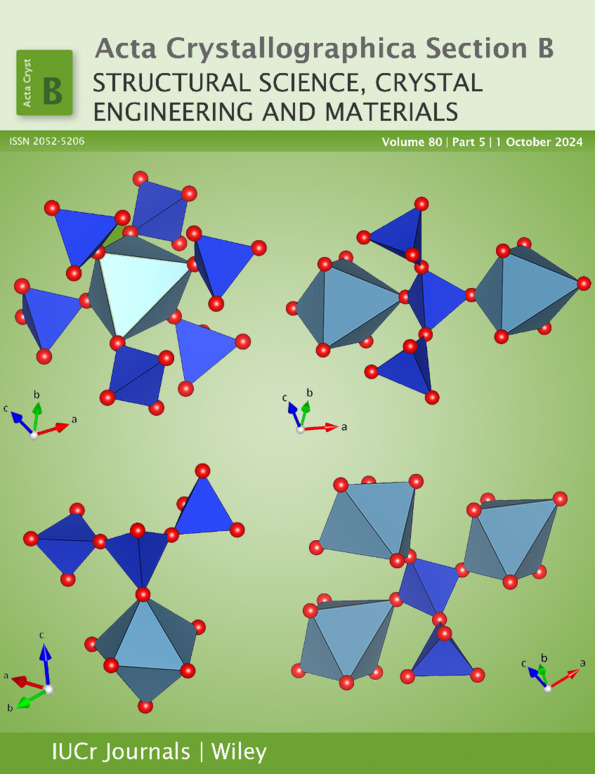The magnetic structure and spin-reorientation of ErGa
Abstract
The magnetic structure of the intermetallic compound ErGa has been determined using high-resolution neutron powder diffraction. This compound crystallizes in the orthorhombic (Cmcm, No. 63) CrB-type structure and orders ferromagnetically at 32 (2) K, with the Er moments initially aligned along the b axis. Upon cooling below 16 K, the Er magnetic moments cant away from the b axis towards the c axis. At 3 K, the Er moment is 8.7 (3) μB and the Er magnetic moments point in the direction 31 (3)° away from the crystallographic b axis, within the bc plane. 166Er Mössbauer spectroscopy work supports this structure and shows clear signals of the spin-reorientation in both the magnetic and electric quadrupole hyperfine interactions.




